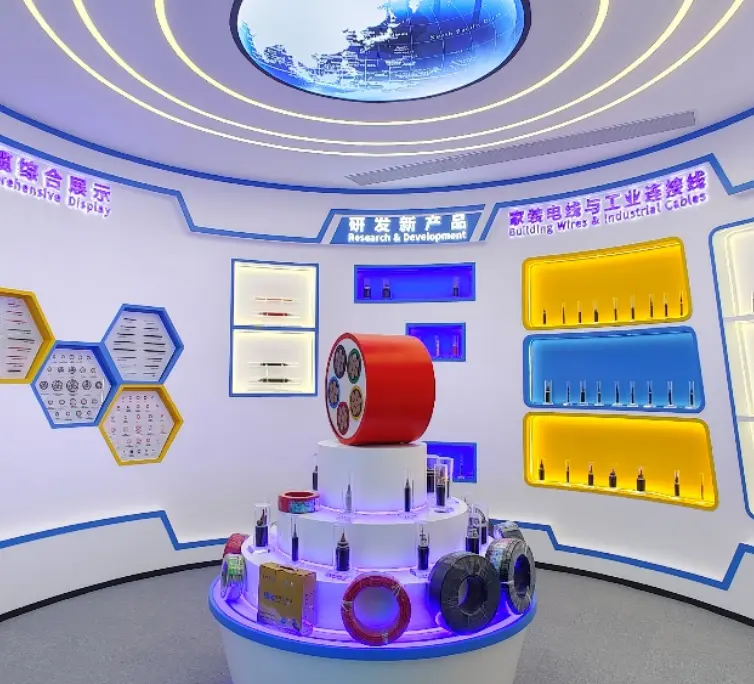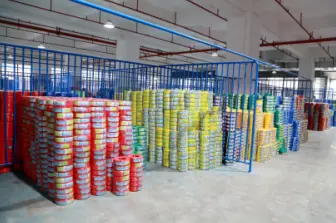What Are the Characteristics of Fire Performance Cables?
1. Insulation resistance of the fire performance cable
The insulation resistance of fire performance cables depends to a large extent on the moisture content in the magnesium oxide. Under standard conditions, when the humidity does not exceed 0.4% (allowable value), the insulation resistance of compacted magnesium oxide is higher than that of other insulating materials (such as PVC, PE, XLPE, etc.), which can reach 10Ψ/m to 1016Ψ/m at 20°C.
In addition, the insulation resistance of fire performance cables is related to the number of cores and the size of the cross section. The more the number of cores and the larger the cross section, the smaller the insulation resistance. And at the same time, the insulation resistance also depends on the form and amount of impurities in the magnesium oxide. The relationship with temperature is also extremely important. The higher the temperature, the lower the insulation resistance of the fire performance cable.
2. The electrical strength of the fire performance cable
Compared with other insulating materials used in the cable industry, the electrical strength of the magnesium oxide insulated finished cable is not high, and the electrical strength of the finished cable depends on the density of the magnesium oxide, the insulation thickness and the state of the cable sample itself. When the cable is subjected to a sharp bend, the density of the insulating material at the bend will decrease, and cracks will appear in severe cases, which leads to a decrease in the electrical strength of the fire performance cable. The test shows that when the temperature is 20°C, and the frequency is 50Hz, the electric strength of the standard density cable is close to 6.0MV/m without bending. When the bending radius of the bent cable is 6 times the cable diameter, the cable strength is about 3MV/m.
3. Heat resistance of the fire performance cable
The heat resistance of fire performance cables depends on the allowable working temperature of the core and sheath during operation. At high temperatures, neither the core nor the copper sheath will be oxidized, because the oxygen content in the insulation of fire performance cable is very low. The core oxidation is not serious, but the cable sheath is violently oxidized due to exposure to the air medium. The higher the temperature, the more serious the oxidation. When the temperature of the cable's copper sheath exceeds 250°C, rapid oxidation begins to form an oxide layer of CuO, which reduces the thickness of the sheath.
Latest News & Blog
 English
English  français
français  Deutsch
Deutsch  العربية
العربية  tiếng việt
tiếng việt  ไทย
ไทย  čeština
čeština  Indonesia
Indonesia  Eesti
Eesti  български
български  slovenčina
slovenčina 



